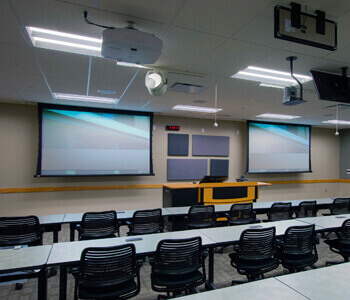Optimal Tactics for Positioning Security CCTV to Enhance Monitoring Efficacy
Optimal Tactics for Positioning Security CCTV to Enhance Monitoring Efficacy
Blog Article

Positioning security cameras effectively efficiently remains essential to enhancing monitoring in various environments, such as residences, commercial properties, and public areas. The primary objective of surveillance systems is to deter crime while also provide evidence in instances of events. To achieve this, it is important to consider various factors, such as surveillance camera placement, range of vision, and the specific areas that need oversight. By comprehending these factors, individuals as well as organizations can create a thorough surveillance plan that maximizes the effectiveness of their surveillance systems.
One of the initial actions in positioning surveillance cameras involves to identify critical locations that need monitoring. High-risk areas, such as entry points, exits, parking areas, and locations with valuable assets, must be prioritized. It also crucial to consider blind spots, that are locations that may not be seen from certain angles. By mapping out these key locations, surveillance personnel can guarantee that every nook remains monitored, minimizing the chances of illegal activity going undetected. Additionally, placing cameras at strategic points can assist create a complete view of the property, enabling for better total security coverage.
The field of a surveillance system remains another important element to take into account. Different kinds of cameras provide different fields of vision, which can affect how many space is recorded in the footage. For example, wide-angle cameras can monitor larger spaces, rendering them ideal for spacious locations, while PTZ systems can be modified to concentrate on particular details. When placing surveillance systems, it is essential to select the appropriate kind based on the location being observed. This ensures that the camera can capture sharp footage and provide important information in the event of an incident.
Elevation and tilt of mounting also have a significant role in the efficacy of surveillance cameras. wireless security camera installation Surveillance systems should be mounted at a height that is out of grasp of potential tampering but still enables for unobstructed viewing of faces and other identifying features. A typical recommendation is install systems at least 8 to 10 feet off the ground. Additionally, the angle at which the system remains positioned can impact its ability to record crucial details. Cameras must be angled to reduce reflection and avoid blockages, guaranteeing that they can capture clear footage at any moments.
Finally, regular upkeep and improvements to the surveillance camera are essential for long-term effectiveness. This includes checking system performance, cleaning lenses, as well as making sure that software is up to date. Frequent assessments of the monitoring strategy can help identify any additional areas not visible or areas that might require extra monitoring. By remaining proactive and making necessary changes, people as well as organizations can enhance their monitoring efficacy and ensure that their surveillance solutions continue to serve their designated purpose.